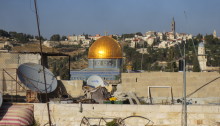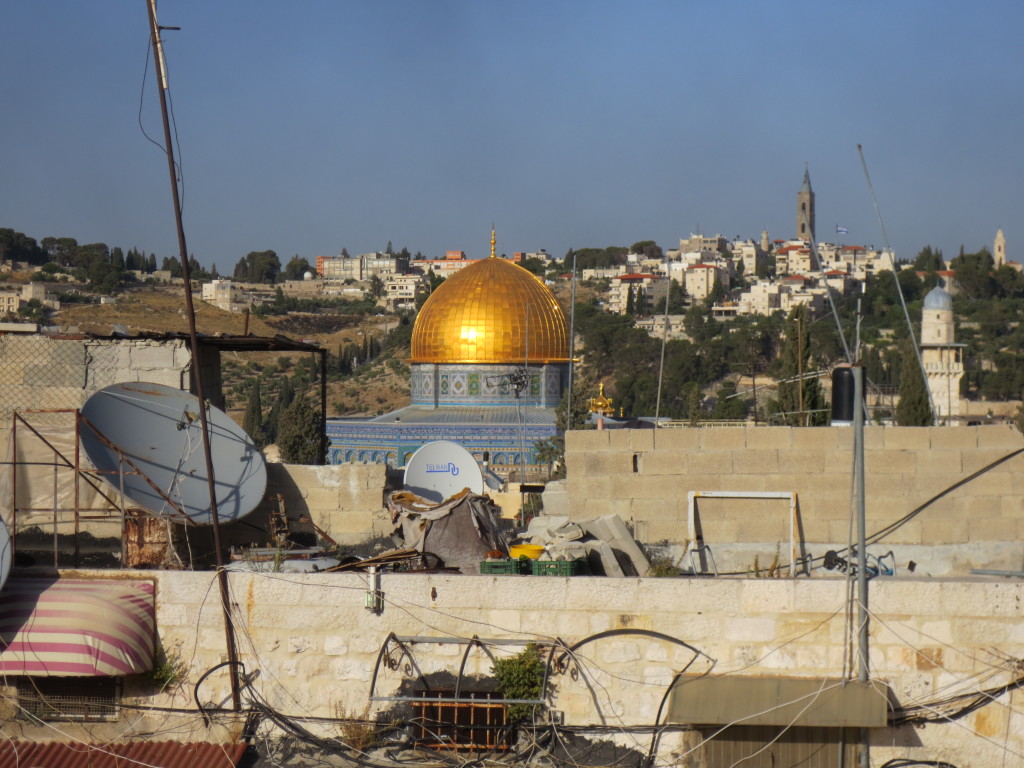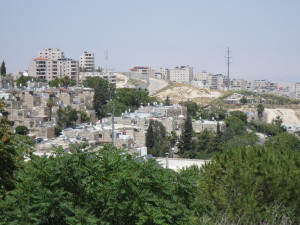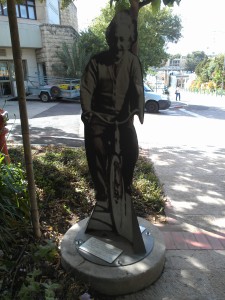In seek of a new twist on my background in naval architecture and marine engineering, I stumbled upon the “water industry,” a world of venture capitalists and public utilities alike, global water resources, and cutting-edge technologies currently being developed at MIT’s Center for Clean Water and Clean Energy among other research institutions. With a growing 7+ billion population and with dwindling and polluted water reserves, resource production and management is as crucial a topic as ever. And as scarcity drives innovation, Israel in particular is a world leader in drip irrigation, desalination membranes, and other technologies now used worldwide in the municipal, industrial, and agricultural sectors. To learn from the experts and explore a fascinating foreign land, I am working for the summer as a business development analyst at IDE Technologies, an Israeli-based global leader in water desalination projects.
I started off my trip staying in Jerusalem with a friend working at Hebrew University’s business school on the Mt. Scopus campus. After arrival, I looked at Google maps to find my bearings and realized that I was in the West Bank behind the 1949 Armistice Agreement Line! Hebrew University is like a walled-in enclave within East Jerusalem. Confused about where Israel ends and the West Bank begins, my first thought was “where is the wall?” It does not exist on the border between West and East Jerusalem, but you can see it bordering a distant road from the viewpoint of the campus entrance (above). I have come to appreciate how impossible it is to understand how various pieces of land in Israel and the West Bank are situated, divided, and juxtaposed unless you are standing right in the middle of it.
There are numerous artistic renderings of Einstein throughout campus, from dignified stone engravings to tacky displays, such as the one above. Since Einstein was a founding member of Hebrew University, the academic institution supposedly gets more funds every time they install a new likeness of Einstein.



